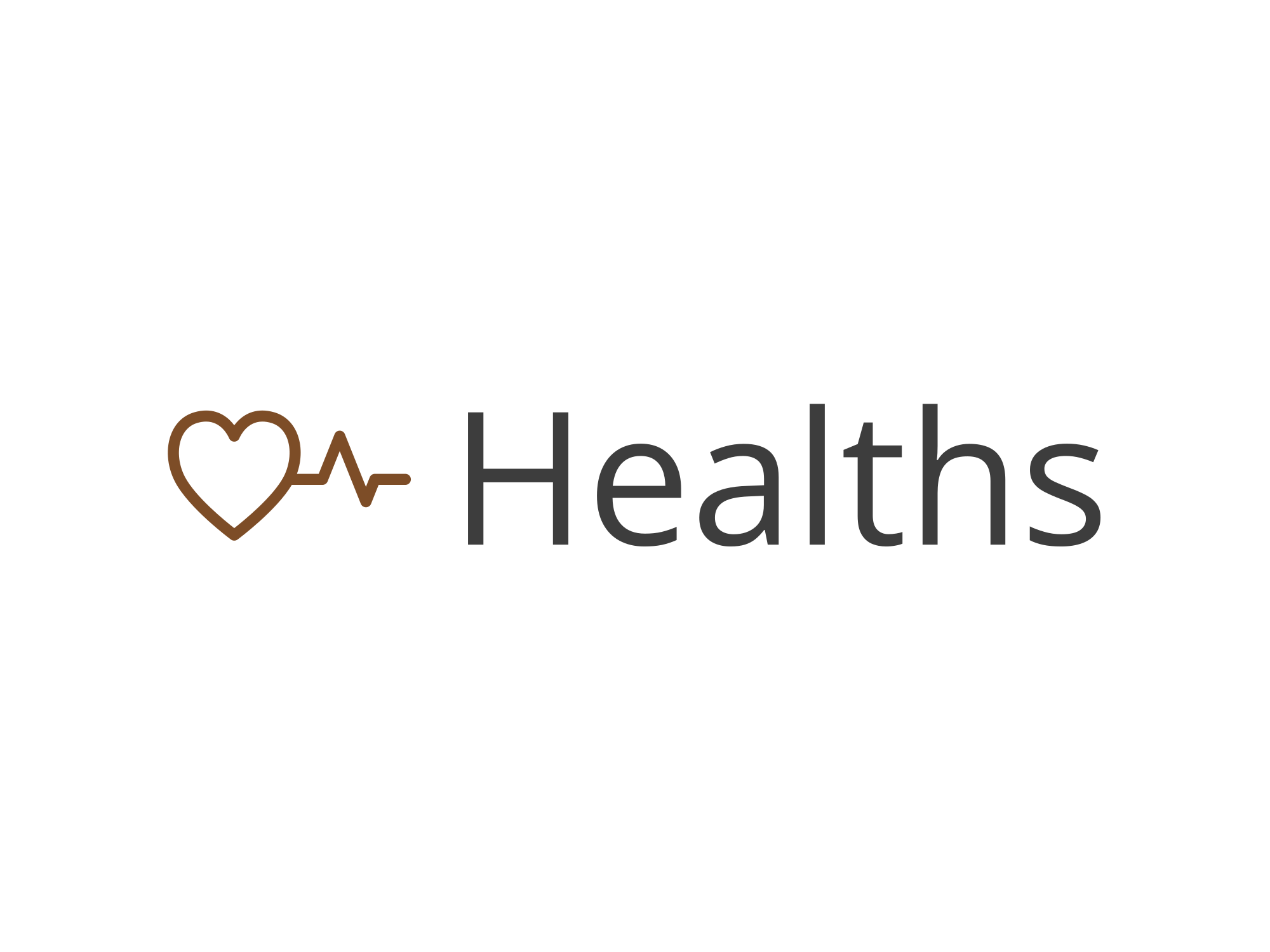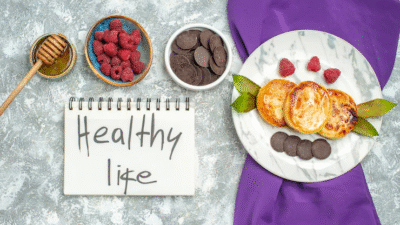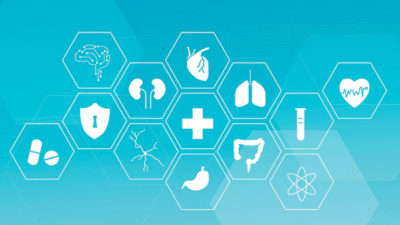
Discover a proven 30-day plan to recover from burnout and reset your mental health naturally. Actionable tips, expert guidance, and daily strategies.
Introduction: Burnout Isn’t Just Fatigue—It’s a Crisis You Can’t Ignore
In 2025, burnout is more than a workplace buzzword. It’s a global epidemic affecting students, professionals, caregivers—even teenagers. You’re tired, emotionally numb, unmotivated, and everything feels harder than it should. Sound familiar?
The good news? Burnout is reversible—but it takes intention and the right strategy.
This guide provides a 30-day burnout recovery plan built on neuroscience, holistic health, and mental wellness research. By the end of these 30 days, you’ll feel more balanced, more focused, and more you again.
✅ What Is Burnout and Why Does It Happen?
Burnout is a state of emotional, mental, and physical exhaustion caused by prolonged stress, often related to work, caregiving, or high-performance pressure.
Common Signs:
- Constant fatigue, even after rest
- Detachment or cynicism
- Brain fog and poor concentration
- Sleep disturbances
- Low motivation and emotional numbness
🧠 Burnout affects the prefrontal cortex, impairing decision-making and emotional regulation. But with the right plan, you can rebuild resilience.
📆 Overview of the 30-Day Mental Health Reset Plan
| Week | Focus | Goal |
|---|---|---|
| Week 1 | Awareness & Unplug | Stop the burnout spiral |
| Week 2 | Rebuilding Basics | Sleep, food, movement |
| Week 3 | Emotional Recharge | Boundaries, joy, purpose |
| Week 4 | Sustainable Renewal | Long-term mental health habits |
🧘♂️ Week 1: Awareness & Digital Detox
🔹 Day 1–3: Identify Your Burnout Triggers
Use a journal to track:
- When you feel most drained
- Who or what exhausts you
- Your sleep/mood/energy patterns
🖋️ Tip: Use prompts like “What’s weighing on me lately?” or “What tasks do I dread the most?”
🔹 Day 4–6: Declutter Your Digital Life
- Unsubscribe from noise: apps, emails, toxic social feeds
- Turn off non-essential notifications
- Do a 24-hour phone-free experiment
🔹 Day 7: Rest, Without Guilt
Burnout is not laziness. You must unlearn toxic productivity. Give yourself permission to:
- Sleep in
- Say no
- Take a nap
📌 Primary Keywords Used: burnout recovery plan, reset mental health in 30 days, emotional exhaustion recovery
🛌 Week 2: Rebuild Your Mental and Physical Core
🔹 Day 8–10: Fix Your Sleep Hygiene
- No screens 1 hour before bed
- Consistent sleep/wake times
- Magnesium or herbal teas to relax
😴 Sleep is the foundation of mental clarity and emotional stability.
🔹 Day 11–13: Eat for Energy and Mood
Focus on:
- Complex carbs: oats, sweet potatoes
- Omega-3s: walnuts, flaxseeds, salmon
- Fermented foods for gut-brain health
Avoid:
- Sugar, caffeine, alcohol (they spike cortisol)
🔹 Day 14: Move Your Body Gently
No intense workouts needed. Instead:
- Stretch or do yoga
- Go for a 20-minute walk in nature
- Dance to your favorite song
📌 Keywords Used: daily routine for mental wellness, natural ways to boost mental health, stress recovery techniques
❤️ Week 3: Emotional Recharge & Joyful Boundaries
🔹 Day 15–17: Practice Saying No Without Guilt
Burnout thrives on people-pleasing. Set boundaries at work, at home, even with yourself.
✋ “I’m at capacity right now” is a complete sentence.
🔹 Day 18–20: Do One Joyful Thing Daily
Rediscover micro-joys:
- Paint, sing, cook, garden
- Watch a comedy
- Reconnect with a hobby
🔹 Day 21: Digital Declutter Reboot
Revisit your screen habits:
- Set app time limits
- Replace doom-scrolling with journaling or reading
📌 Keywords Used: burnout recovery tips, how to heal from burnout, overcome burnout naturally
🌿 Week 4: Sustainable Renewal & Long-Term Strategy
🔹 Day 22–24: Start a Mindfulness Practice
5–10 minutes daily:
- Breathwork (box breathing)
- Body scan meditation
- Guided visualization
Apps: Insight Timer, Headspace, or Calm
🔹 Day 25–27: Design a Realistic Weekly Reset Ritual
Sundays or Fridays:
- Review the week’s wins and challenges
- Plan self-care time
- Prep meals or clothes
This mental health self-care plan keeps you proactive, not reactive.
🔹 Day 28–30: Create a Life That Prevents Burnout
Reflect on:
- Your purpose and passions
- Your work-life boundaries
- Where you want to say “yes” more
✏️ Write your personal burnout prevention pact.
🧠 Internal & External Links (For SEO Authority)
- Internal: Daily Habits to Boost Immunity, Mental Health Morning Routine
- External:
🎥 Suggested Visuals
- Infographic: 30-Day Burnout Recovery Calendar
- Chart: Symptoms of Burnout vs. Stress
- Video: Guided 5-Minute Breathing Reset
❓FAQ Section (Schema-Ready, SEO-Optimized)
Q1. What is the fastest way to recover from burnout?
There’s no instant fix, but the fastest way is to stop the burnout cycle by reducing stress inputs: rest, unplug, sleep, eat well, and practice mindfulness. Commit to a structured recovery like this 30-day plan.
Q2. Can burnout go away on its own?
Rarely. Without intentional action, burnout tends to worsen. It often leads to chronic fatigue, anxiety, and even depression. Recovery needs active effort, including rest, routine changes, and mental health care.
Q3. What foods help fight burnout?
Foods rich in B vitamins, omega-3 fatty acids, and antioxidants support brain health. Think leafy greens, whole grains, salmon, walnuts, and fermented foods like kefir or kimchi.
Q4. How does burnout affect mental health?
Burnout causes cognitive decline (brain fog), emotional dysregulation (irritability), and even physical illness. It can mimic or lead to depression, so early intervention is crucial.
Q5. Can I do a burnout recovery plan while working full-time?
Absolutely. The key is small, daily improvements—sleeping better, setting work boundaries, eating clean, and practicing 10-minute mindfulness. You don’t need to quit your job to reset your life.
📊 Summary Table: Weekly Goals vs. Recovery Outcome
| Week | Focus | Expected Outcome |
|---|---|---|
| Week 1 | Stop and unplug | Calm nervous system, identify stressors |
| Week 2 | Rebuild foundation | Better sleep, improved energy |
| Week 3 | Emotional recharge | Joy, boundaries, emotional clarity |
| Week 4 | Sustainable recovery | Long-term resilience, new lifestyle |
✅ Conclusion: Burnout Recovery Is a Choice You Make Every Day
Burnout isn’t a sign of weakness. It’s a loud message that something needs to change.



